74 years ago from this very day, Lt. Col. Waldon C. Winston witnessed and documented what he noted as the largest whale to have ever been weighed. Winston was aboard the Kyo Maru No.6. during the 1947/48 Antarctic whaling season as an observer to ensure the Japanese whalers complied with the International Whaling Regulations and directives issued by General Douglass MacArthur.
Emperor Scorpion (Wild Life Africa by Schleich)

Native to the rainforests of equatorial West Africa, the emperor scorpion, Pandinus imperator, is one of the most familiar and popular scorpion species. Its large size, fearsome appearance, docile nature, and mild venom make it very popular in the pet trade. It should be no surprise than that it is the most commonly-made scorpion in the toy market.
Chimpanzee, pair (Noah’s Pals by Caboodle! Toys LLC)
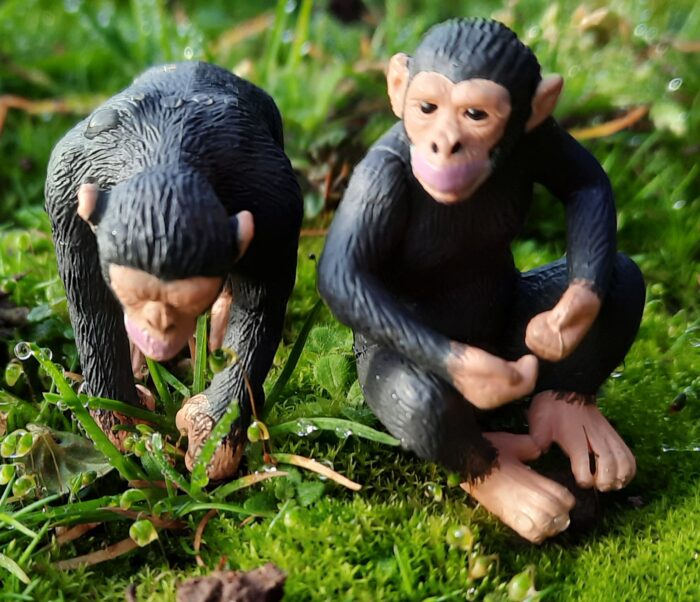
Humans, despite our technology and power, are still just another mammal. Specifically, we are primates, related to many of the ape family. Of all of them, we are most closely related to the Chimpanzee (Pan troglodytes), found in Eastern Africa, they are known for intelligence, tool use and (at least in the UK) adverts for tea.
Salmon-crested Cockatoo (Webkinz by Ganz)

Review and images by Birdsage; edited by bmathison1972
The Salmon-crested Cockatoo (Cacatua moluccensis), also known as the Moluccan Cockatoo, is a species of parrot that is endemic to Seram and several other islands in Indonesia’s Maluku Archipelago. The species resides in lowland rainforests up to an altitude of 1,000 m (3,300 ft).
Sumatran Rhinoceros (Wild Safari Wildlife by Safari Ltd.)

Review and images by EpicRaptorMan; edited by bmathison1972
When you think of the word “rhinoceros” the Sumatran rhinoceros (Dicerorhinus sumatrensis) is likely not the first species to come to mind. Unfortunately, that is likely because it is a rare and dwindling species with an estimated scattered population of 80 or less putting them on the “Critically Endangered” list by the IUCN.
Brahman Cattle, Bull (Farm Time by CollectA)
Dung-rolling Scarab (Dung Beetle with Sound While Rolling the Ball by Kitan Club)
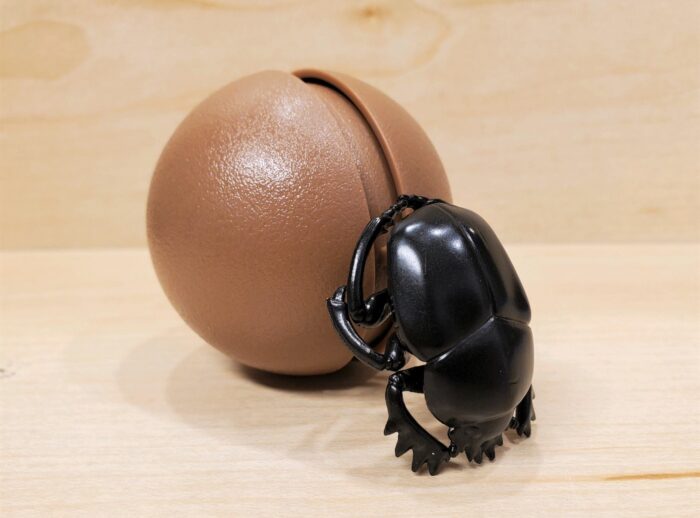
Yes, that is the name of the collection…
The Great Pyramids of Egypt. What was their grand purpose and influence? Merely grandeur tombs for Egyptian royalty? Conduits for alien visitors? A regeneration site for En Sabah Nur? Or maybe they are just giant piles of cow sh*t! Yes, really! Ever notice how a pyramid is shaped like a cascading pile of cow dung?
Bottlenose Dolphin, adult and calf (Monterey Bay Aquarium by Safari Ltd)

Capybara, adult and babies (Wildlife by CollectA)
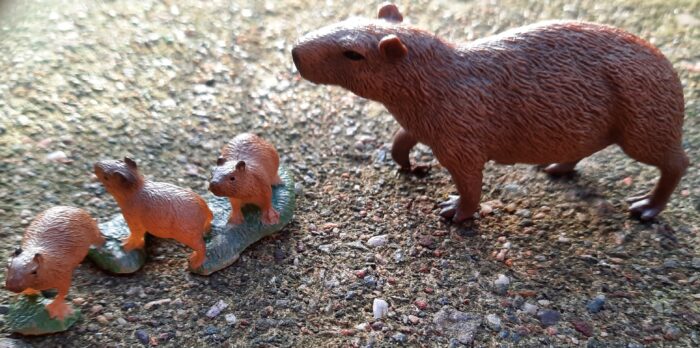
When most think of rodents, they think of things like the infamous black rat and it’s fleas, the verminous plague bringers of the world. This is unfair on all fronts, including the idea of them being small, as some can get sizeable. The largest today is the capybara (Hydrochoerus hydrochaeris), a relative of the Guinea pig and likewise found in South America, quite commonly too.
Berkshire Pig (Safari Farm by Safari Ltd.)
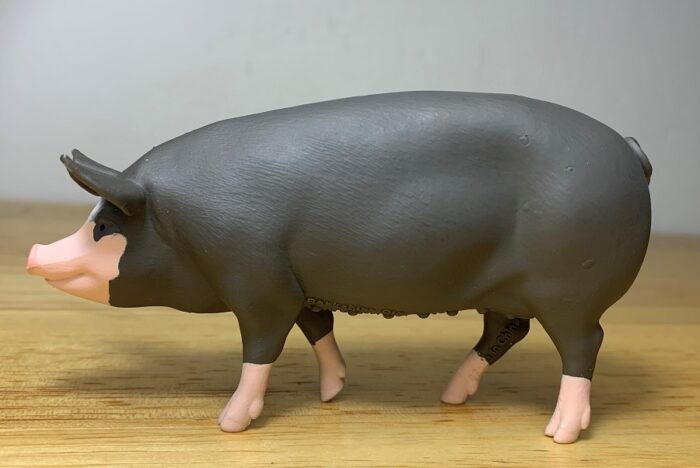
The Berkshire pig (Sus scrofa domesticus) is an English breed that originates from county Berkshire. The breed dates back to the 1600’s and is said to be the breed fed upon by General Oliver Cromwell and his troops whilst camping in the Thames valley. Those Berkshires were quite different from the modern breed, however.
Great Hammerhead Shark (Monterey Bay Aquarium Collection from Safari Ltd)
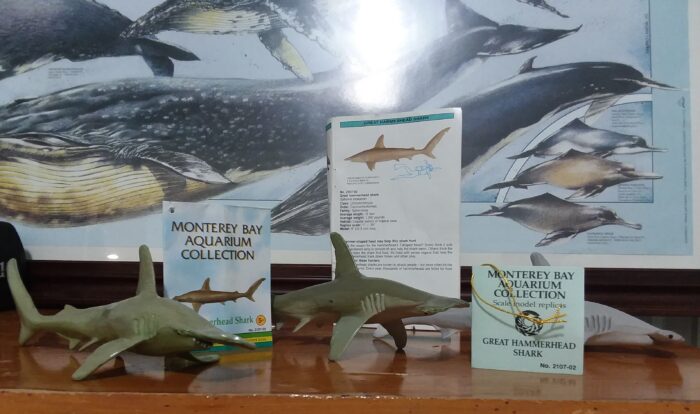
Barnacles (Nature Techni Colour by Kitan Club)
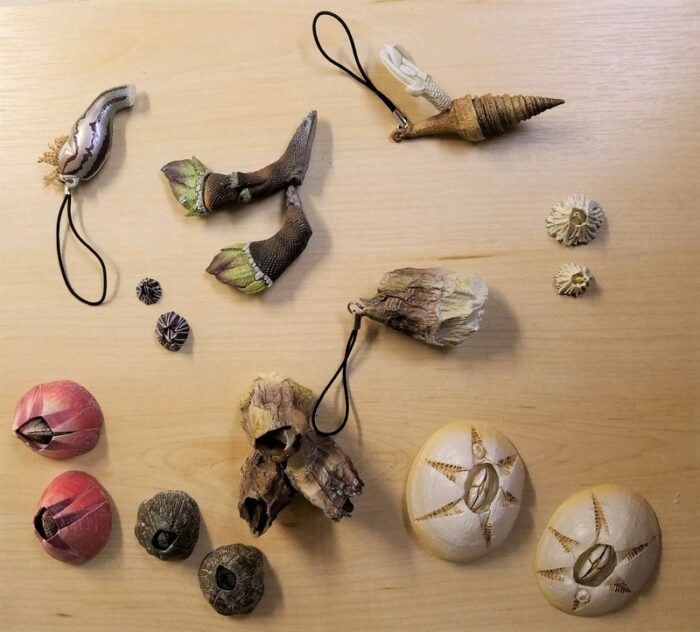
Today we will be looking at the complete Barnacles collection that was released by Kitan Club in 2012 as part of the Nature Techni Colour line. The set features 18 figures representing nine species of barnacles. The figures are either magnets, ‘strap’ figures, or are pins designed to be work on clothing or backpacks.





